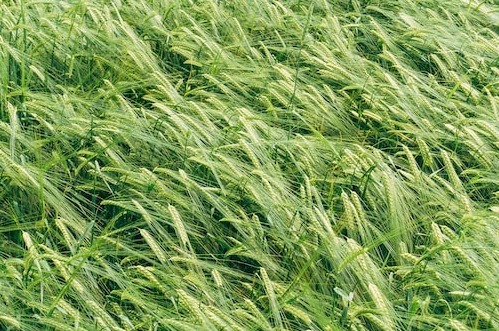
In W23 in the barley landscape, total Australian winter crop production in the 2023/24 season is forecast to reach 44.9 million mt, down 34% compared to 2022/23. Specifically, the 2023/24 Australian barley crop is expected to reach 9.9 million mt, a decrease of 30% compared to MY 2022/23 and below the 10-year average. Australian winter yields are expected to be lower due to the high chance of below-average rainfall in growing regions between June and August, with the potential for El Niño conditions associated with drier weather. Fortunately, Australian barley plantings are expected to increase by 4% to 4.3 million ha as the crop can better cope with drier conditions. In Ukraine, UZA forecasts barley production in the 2023/24 season to reach 4.4 million mt, with exports estimated to amount to about 2 million mt.
Sovecon expects total Russian grain exports in the 2023/24 season to reach 57.2 million mt, with barley shipments amounting to 5.2 million mt. There has been a certain revival in the barley export market in Russia, which is reflected in the active demand of a number of large companies. This is due to the delayed effect of deliveries under a number of tenders, as well as gradual contracting for a new crop. Nevertheless, prices are still far from export parity, which allows Russian traders to expect consistent growth of quotations during June. Despite the fact that the calculated levels, with a zero duty and a weaker Ruble exchange rate against the US Dollar, are hardly achievable at the moment, a rise in prices to USD 149.64 per mt without VAT is quite predictable. In Q1-2023, Kazakh barley exports amounted to 258.8 thousand mt, valued at USD 62.8 million, up 96.7% in volume and 96.3% in value compared to the same period in 2022. In the total value of raw agricultural exports at USD 857.5 million, Kazakh barley shipment value accounted for 7.3%. APK-Inform indicates that Kazakhstan’s barley shipments were mainly destined for China (102.04 thousand mt), and Iran (98.9 thousand mt). The Kazakh Ministry of Trade estimates barley export revenue to reach USD 308 million a year, including shipments to Iran at USD 166.3 million and to China at over USD 87 million.
Lastly, AHDB reports that 88% of UK winter barley was in good/excellent condition, down 2% MoM but up 6% YoY, while approximately 2% of the UK crop was in poor/very poor condition, down 1% YoY. The last few weeks have seen swift development in UK barley, with the majority of crops now between the growth stages of 60 and 70, which is the start of flowering and flowering complete. There is a variable risk of lodging throughout Great Britain (GB), though levels are not too concerning currently as robust plant growth regulator (PGR) programs have been used to reduce the risk. There are small areas in poor condition due to stagnant water earlier in the season or dense blackgrass populations. However, overall, the UK winter barley crops have good prospects as long as lodging risk does not increase. Any increase in lodging risk will be dependent on future weather conditions. The dry weather over the past few weeks has meant that the drilling of spring barley is now complete, with the remaining 6% drilled throughout May. Earlier grown barley crops are now approaching ear emergence, whereas later crops are still in the tillering stage. As of W22, 74% of the UK spring barley crops were in good/excellent condition, down from 78% in 2021/22. According to AHDB, the prospects for UK spring barley crops are looking good, with earlier sown barley crops in slightly better condition than those in later sown fields.




